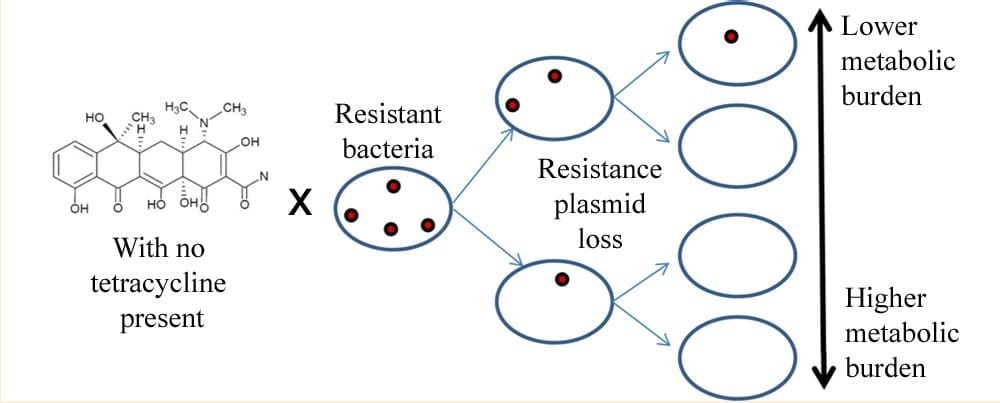Rice University engineers seek strategy to control resistant genes in the environment
Rice University researchers “cured” a strain of bacteria of its ability to resist an antibiotic in an experiment that has implications for a long-standing public health crisis.
Rice environmental engineer Pedro Alvarez and his team managed to remove the ability of the Pseudomonas aeruginosa microorganism to resist the antibiotic medication tetracycline by limiting its access to food and oxygen.
Over 120 generations, the starving bacteria chose to conserve valuable energy rather than use it to pass on theplasmid – a small and often transmissible DNA element – that allows it to resist tetracycline.
The researchers’ results, reported this month in the American Chemical Society journal Environmental Science and Technology, are the latest in a long effort to understand the environmental aspects of antibiotic resistance, which threatens decades of progress in fighting disease.
“The propagation of antibiotic resistance has been perceived as a medical or microbiology-related problem,” Alvarez said. “And it truly is a serious problem. But what many people miss is that it is also an environmental pollution problem. A lot of the antibiotic-resistant bacteria originate in animal agriculture, where there is overuse, misuse and abuse of antibiotics.”
Alvarez contended that confined animal feeding operations (CAFOs) are potential sources of environmental contamination by antibiotics and the associated antibiotic-resistant genes that find their way into the ground, water and ultimately the food supply.
“We started with the hypothesis that microbes don’t like to carry excess baggage,” he said. “That means they will drop genes they’re not using because there is a metabolic burden, a high energy cost, to keeping them.”
The Rice researchers tested their theory on two strains of bacteria, P. aeruginosa, which is found in soil, and E. coli, which carries resistant genes directly from animals through their feces into the environment.
By slowly starving them of nutrients and/or oxygen through successive generations, they found that in the absence of tetracycline, both microbes dumped the resistance plasmid, though not entirely in the case of E. coli. But P. aeruginosa completely shed the genetic element responsible for resistance, which made it susceptible once again to antibiotics. When a high level of tetracycline was present, both microbes retained a level of resistance.
One long-recognized problem with antibiotics is that they tend to snatch defeat from the jaws of victory. If any antibiotic-resistant bacteria are part of a biological mix, whether in a person, an animal or in the environment, the weak microbes will die and the resistant will survive and propagate; this process is known by biologists as “selective pressure.”
So there is incentive to eliminate the resistance plasmid from bacteria in the environment as close to the source as possible. The experiments point to possible remediation strategies, Alvarez said. “There are practical implications to what we did,” he said. “If we can put an anaerobic barrier at the point where a lagoon drains into the environment, we will essentially exert selective pressure for the loss of antibiotic-resistant genes and mitigate the propagation of these factors.”
An anaerobic barrier may be as cheap and simple as mulch in the drainage channel, he said. “If you have a CAFO draining through a channel, then put an anaerobic barrier in that channel. A mulch barrier will do.” He said a mulch barrier only a meter thick could contact slow-moving groundwater for more than a month. “That may not kill the bacteria, but it’s enough to have bacteria notice a deficiency in their ability to obtain energy from the environment and feel the stress to dump resistant genes.”
via Rice University
The Latest Streaming News: Antibiotic-resistant microbes updated minute-by-minute
Bookmark this page and come back often
Latest NEWS
Latest VIDEO








